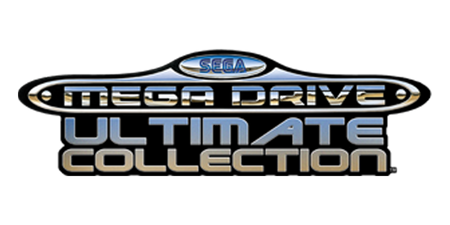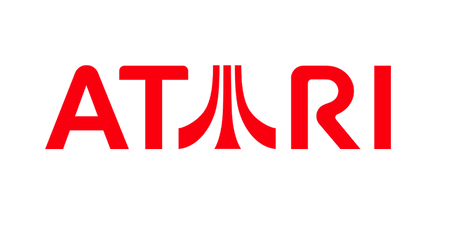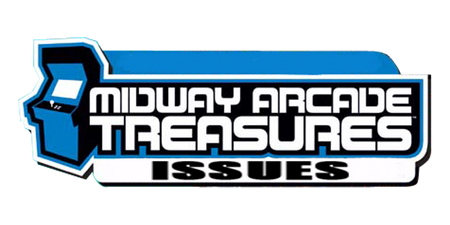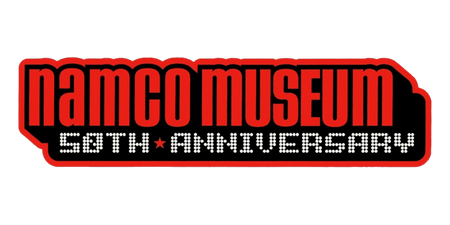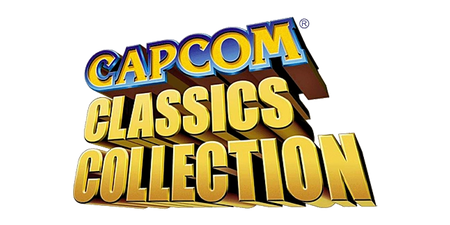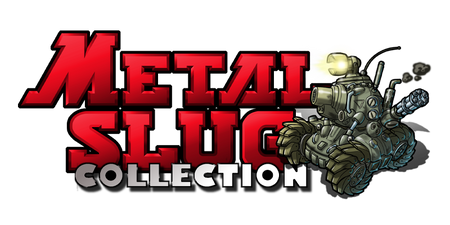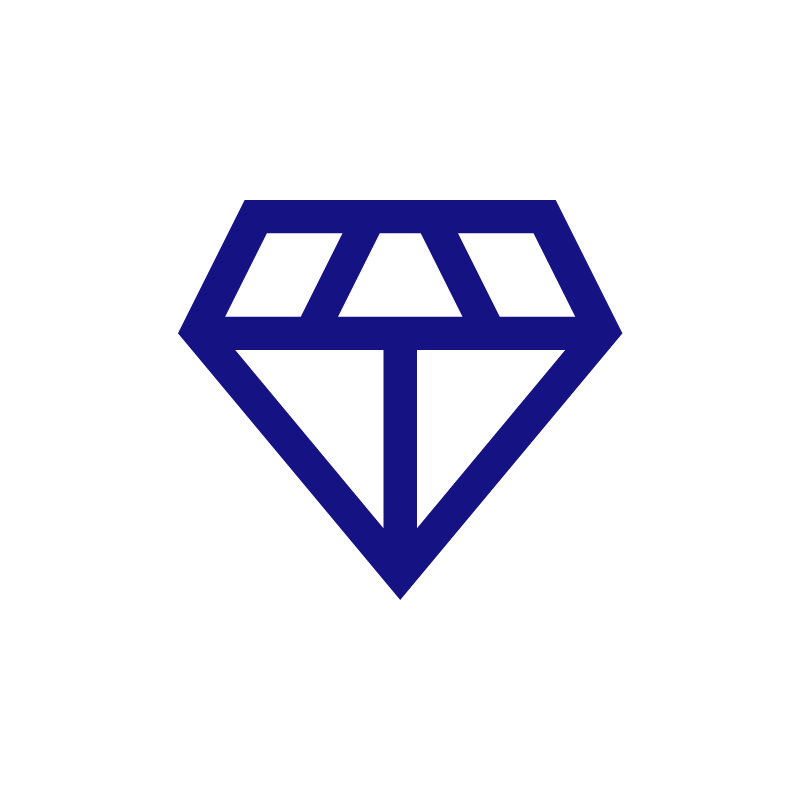Retro Arcade Games to get you started
Play over 10,000 classic games on all machines
Load 1000’s more arcade/games console titles at your leisure
All our arcade machines now come with access to over 10,000 RETRO ARCADE GAMES ON ALL SYSTEMS. The list of 10,000+ includes ALL the games on our full games list. Consequently this also gives the option to add pretty much ANY game from ANY era that you could ever want… Now with all Play, Media and Elite editions, you have the opportunity to add 1000’s of extra games, emulators or programs at your leisure. Please see below to be amazed by how many of the best arcade games you can play on our classic arcade machines. Therefore whether it’s Ms Pac Man, Double Dragon or Commando, all your favourites can be played on a multitude of formats.
* Sometimes due to unforeseen market forces, in turn the highlighted game packs may not be available. We will always contact the customer should this be the case and in conclusion endeavour to rectify the situation. All game packs come free with all our retro arcade machines. Please don’t hesitate to contact us to discuss this further.
*These are links and file downloads from other sites. We are not responsible for the website’s content.
NB – All trademarks, trade names, logos or service marks mentioned on this site belong to their respective owners. Unless we otherwise specifically indicate, we have no affiliation with any games companies mentioned on our website and is not claimed in any way.
Introducing Retro Cloud
Every Bespoke Arcades machine now comes together with our Retro Cloud™ game streaming app. Thousands of classic arcade and console games can now be streamed via our attractive fully-fledged menu system. All done in a single click.
In essence, simply choose a game and that’s it- you’re in the zone. Retro Cloud automatically downloads via the arcade’s in-built wi-fi. Our software then subsequently launches your chosen title within seconds. No need to configure controls or touch a keyboard. It all works straight off the bat.
By default the game is removed as soon as its started but you can download the game for use offline should you wish. This is one of the many advances since our inception over 13 years ago. Accordingly allowing our clients to experience literally any favourite from yesteryear they wish to play via the full libraries on offer. We’re very proud of our new software and this comes as standard with all Bespoke Arcades cabinets. In summary, ushering a new era of retro gaming.
So no matter what high quality retro arcade machine you choose- Retro Cloud will be at the heart of the action. Whether it be a beat ’em up, fighting game or platformer Retro Cloud will have it.
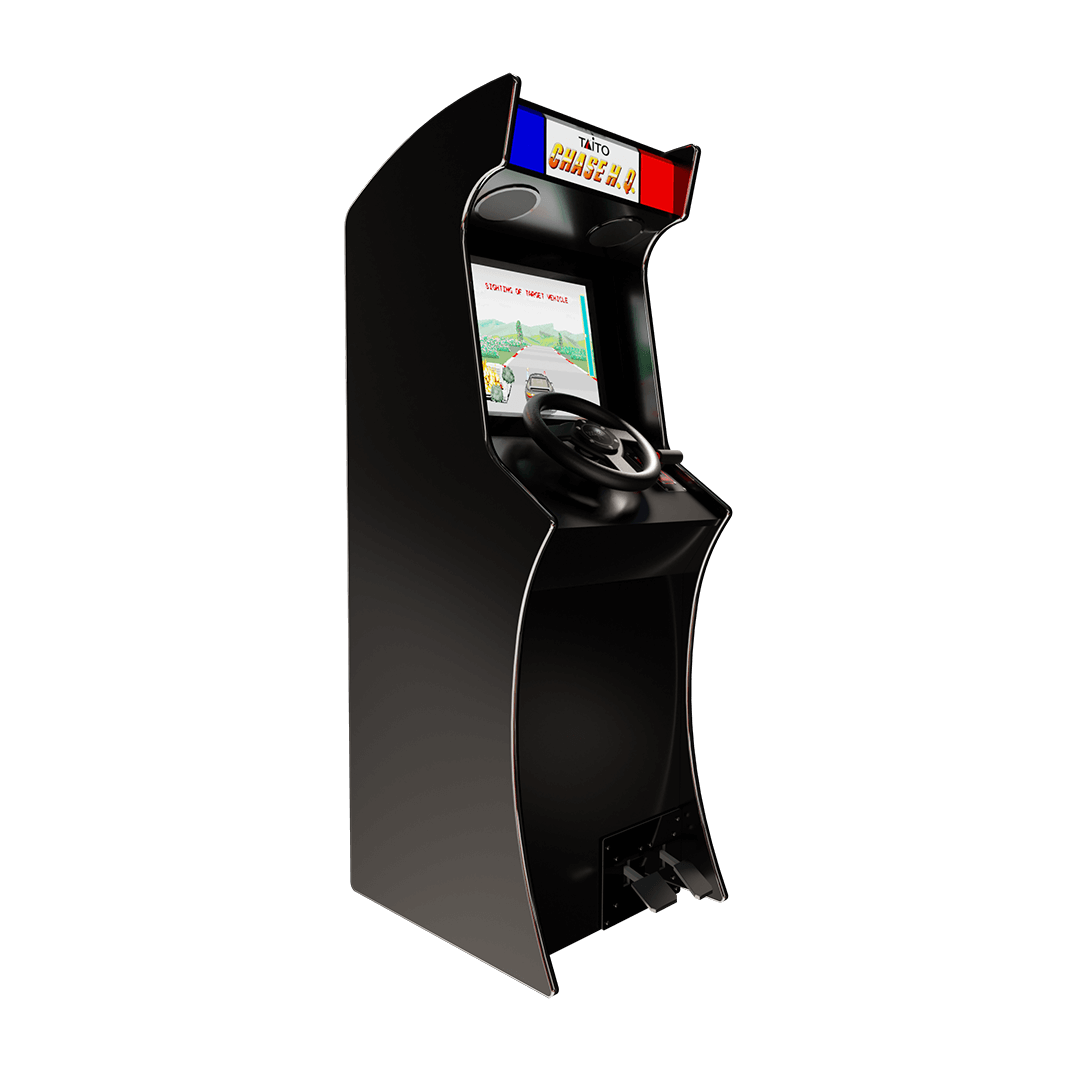
Next-Gen Console Compatibility
We are the first company in the world to allow our clients to play the next generation of arcade console games.
Designed specifically for our wide screen arcade cabinets, clients can now connect up their own PS3/4 and 5 or the Xbox 360 / One or Series X. Simply plug in the HDMI and USB connectors and you're in next-gen nirvana.
How else could our customers play the current crop of fighting and sports games on the arcade market. This being aside from buying every dedicated arcade machine?! All you have to do is plug in your console into the side and you are in next-gen nirvana. All controls / video / sound and all the functionality of the console is at your arcade machines disposal.
We offer our clients a choice of either X Box or Playstation compatibility as standard for our Evo and Nu-Gen models.
If you want the ability to play today’s arcade titles at home without having to resort to buying a dedicated arcade machine for each game – then please don’t hesitate to give us a shout. As we are well known in the arcade industry, we even helped Warner Bros demo Mortal Kombat IX, Mortal Kombat X, 11, Injustice 1 and Injustice 2, Capcom Arcade Cabinet and Capcom Home Arcade to name a few.
Arcade Upgrades
Light Guns, Trackballs & Spinners integrate your favourite controls
Bespoke Arcades also supply additional arcade peripherals. These include light guns, trackballs and spinners to make your experience even more authentic. We aim to provide the retro arcade game experience, precisely as you remember it!
Play/Media/Elite Arcade Systems
MAME

The Multi Arcade Machine Emulator (MAME) was an emulator, created with the sole purpose of faithfully recreating arcade boards on today’s modern computers. MAME was first released in 1997 and is now compatible with over 7000 arcade titles.
MAME is the bedrock of home multigame arcade systems, and as it utilises actual copies of the arcade board’s data, the emulator is 100% accurate. All titles right up to 2001 can be run flawlessly on the emulator, and it is still constantly updated, tweaked and refined.
MAME also has the inner functionality of containing metadata which categorises each game by manufacturer, year, and genre, with a brief synopsis of what the game is about. Your arcade machine could be an encyclopaedia of every video game known to man.
For more modern arcade emulation, we have to look towards software which emulates specific manufacturers’ hardware, which all Media and Elite systems are right at home with. If it’s newer games you crave, read on and prepare to get excited!
Capcom CPS

CPS stand for Capcom Power System and was their own Supergun system and also featured protection to prevent bootlegs. It transpired that in some territories bootleg versions of Streetfighter II were more prevalent that the official boards. This was later solved with the CPS II system which employed encryption and required 2 boards to run.
Neo-Geo

The Neo-Geo Arcade Entertainment System hit gamers’ eyes in 1990 and provided true arcade gaming in your own home for the first time. All the arcade games were faitfully reproduced on the home console. However the games’ high price points ultimately failed to compete with the Super Nintendo and Sega Megadrive and was only a choice for the rich.
Cave

Cave remains as one of the most active arcade shoot-em-up creators. Having a great pedigree from being largely built from the staff of Taoplan, Gazelle, Raizing and Takumi after they closed their doors.
Touhou Project

The Touhou project is a series of 2D shoot-em-ups made by Team Shanghai Alice. The anime games focus on over-the -top waving through waves of incoming bullets in the land of Gensokyo. One thing that sets these games apart from the rest is not only the maniacal gameplay but also the use of well developed storylines. The games’ universe is further expanded thanks to fan-made media, musical scrore CDs and video.
Play/Media/Elite Videogame Consoles
Atari 2600
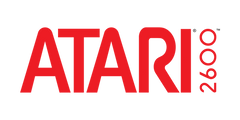
Released in September 1977 Atari was responsible for the use of ROM cartridges and micro-processor hardware. Originally named the Atari VCS, it was changed to Atari 2600 following the launch if its newer brother- the Atari 5200.
Best Emulator: Stella (named after an Atari engineer’s bicycle) Stella emulates the wooden box perfectly. Relive your earlier gaming days with the console which made Atari synonymous with games.
Atari 5200

Released in 1982, the Atari 5200 was the successor to the Atari 2600. It offered improved graphics and more advanced controllers, including a numeric keypad. Despite its technical advancements, the console faced challenges due to compatibility issues with older games and a lack of third-party support. Nonetheless, it introduced innovative features like pause buttons and analog joysticks.
Atari 7800

The Atari 7800, released in 1986, aimed to compete with the Nintendo Entertainment System (NES). It offered backward compatibility with Atari 2600 games, providing a large library of titles. However, due to marketing and distribution issues, the 7800 struggled to gain significant market share and was eventually overshadowed by its competitors.
NES

The best selling console of its time, an 8 bit system which aided in reinvigorating the American video game industry shortly after the crash of ’83. The system was designed to be a singular platform outputting quality content as gamers had lost confidence in the medium thanks to exaggerated marketing on previous platforms.
Best emulator: Nestopia. Widely regarded as the most accurate NES/Famicom emulator- effortless to set up and an absolute joy to play.
Master System

Technically superior and made to trounce the Nintendo Entertainment System, this third generation console never could crack Nintendo’s market share in Japan and America. Running both cartridge and Sega Card, the Master System had great success in Europe, outselling the NES and enjoyed a decade-long lifespan
Best Emulator: Gens+ Master System and Megadrive are catered for by this rocksteady emulator. Gens has a high compatibility rate and good speed.
Megadrive

The Megadrive was released in Japan in 1988. Once again the console didn’t sell too well in it’s native Japan againt the NEC PC Engine and Super Famicom. But it retailed well in America and Europe. By the end of its life, the Megadrive sold 40 million units (estimated).
Best emulator: Kega Fusion. Kega Fusion, also shortened as Fusion and initially named Kega II, is a multi-system emulator for Windows, Linux and Mac OS X developed by Steve Snake.
Super Nintendo

Best Emulator: Zsnes – Super Nintendo: ZSNES is a SNES emulator that has been worked on since 1997. Originally programmed by zsKnight and _Demo_, the project has since then attracted a number of new developers and contributors.
PC Engine

Best Emulator: Magic Engine There are some serious classics like BC Kid and an arcade perfect R-Type. This truly is a connoisseur’s console and can be accessed via Magic Engine.
Play/Media/Elite Handhelds
Game Boy

Introduced by Nintendo in 1989, the Game Boy revolutionized portable gaming. It featured a monochromatic screen, but its portability and long battery life made it immensely popular. With iconic games like Tetris and Pokémon, the Game Boy became a cultural phenomenon and paved the way for handheld gaming.
Game Boy Color

Released in 1998 as an upgrade to the original Game Boy, the Game Boy Color added a color display to enhance the gaming experience. It retained backward compatibility with Game Boy games while introducing a new library of color-exclusive titles. The Game Boy Color enjoyed widespread success and remained popular even after the release of more advanced handheld consoles.
Game Boy Advance

The Game Boy Advance, launched in 2001, featured significant improvements over its predecessors, including a more powerful processor, better graphics, and backward compatibility with Game Boy and Game Boy Color games. With a vast library of games and the ability to connect with other Game Boy Advance consoles, it became a favorite among handheld gamers.
Atari Lynx

The Atari Lynx, released in 1989, was a handheld game console that boasted a color screen and was the first to feature hardware sprite scaling and zooming. With its powerful hardware, the Lynx offered a unique gaming experience, but its high price and limited third-party support hindered its success in the market.
Game Gear

Released by Sega in 1990, the Game Gear was a handheld console that aimed to challenge the Game Boy's dominance. It featured a full-color backlit screen, but its power-hungry nature quickly drained batteries. Despite a strong lineup of games, the Game Gear struggled to compete against the Game Boy's lower price and better battery life.
Play/Media/Elite Computers
ZX Spectrum

The ZX Spectrum, introduced by Sinclair Research in 1982, was a home computer that gained massive popularity in the United Kingdom. It featured a membrane keyboard and offered a wide range of games and software. The ZX Spectrum played a crucial role in the British gaming industry, with classic titles like Manic Miner and Jet Set Willy becoming cultural touchstones. Its low cost and accessibility made it a popular choice for gaming enthusiasts and aspiring programmers alike.
Commodore 64

The Commodore 64, released in 1982, is one of the most iconic home computers in gaming history. It offered impressive hardware capabilities for its time, with colorful graphics and advanced sound capabilities. The Commodore 64 became a gaming platform of choice for many, with a vast library of games covering various genres. Titles like Boulder Dash, Impossible Mission, and Pitfall II: Lost Caverns showcased the system's capabilities. The Commodore 64's success also stemmed from its versatility, as it served as a full-fledged computer with programming and productivity applications available. Its popularity made it a household name and a significant contributor to the gaming industry's growth.
Amstrad CPC

The Amstrad CPC464, released in 1984, was a home computer that combined gaming capabilities with productivity applications. It featured a cassette tape deck for loading software and a color monitor. The CPC464 had a strong library of games, including notable titles like Chuckie Egg and Ghosts 'n Goblins. Its popularity was primarily driven by its affordability and ease of use, attracting a wide audience of both gamers and computer enthusiasts. The Amstrad CPC464 played a significant role in the 8-bit computer era, competing with other popular systems like the ZX Spectrum and Commodore 64.
Atari ST

The Atari ST, introduced in 1985, was a home computer that aimed to provide a high-performance gaming and multimedia experience. It featured a powerful Motorola 68000 processor, which made it capable of handling graphically and sonically impressive games. The Atari ST boasted a wide range of popular titles, including classics like Dungeon Master, Another World, and Speedball 2: Brutal Deluxe. It also supported MIDI connectivity, making it a preferred choice for musicians and music producers. Additionally, the Atari ST had a thriving demoscene, where talented programmers showcased their creative and technical skills through visually stunning demos. While it faced tough competition from other 16-bit computers like the Commodore Amiga, the Atari ST carved out its own dedicated fanbase, particularly in Europe. Its contributions to gaming and multimedia, along with its unique visual aesthetic, make it a beloved system among retro gaming enthusiasts and computer history enthusiasts.
Commodore Amiga

The Amiga, released by Commodore in 1985, was a line of home computers that revolutionized the gaming and multimedia industries. It featured advanced hardware capabilities, including a custom graphics chipset and a dedicated sound chip. The Amiga's powerful specifications allowed for smooth, colorful graphics and immersive audio, setting it apart from other computers of the time. The system boasted a vast library of games across various genres, with notable titles such as Lemmings, Sensible Soccer, and The Secret of Monkey Island. It also became a hub for digital creativity, with groundbreaking software for video editing, music composition, and graphic design. The Amiga's multitasking capabilities further enhanced its appeal, as it allowed users to run multiple applications simultaneously. Despite facing fierce competition from other platforms like the Atari ST and IBM-compatible PCs, the Amiga left a lasting impact on the gaming and multimedia industries. Its innovative technology and dedicated community continue to inspire and influence modern computing and gaming systems.
Media/Elite Arcade Systems
American Laser Games

Daphne

Best Emulator: Daphne
All laserdiscs work perfectly with this emulator. Relive the WOW factor with this classic (albeit shortlived) format.
Zinc

Sega ST-V

Sega Model 1

Future Pinball

Media/Elite Videogame Consoles
Intellivision

The Intellivision is a classic videogame system that was released in 1979 by Mattel Electronics. It was a direct competitor to the Atari 2600 and offered a unique gaming experience for its time. The Intellivision featured a sleek design and innovative controllers with a numeric keypad and side buttons. It had a wide range of games available, including sports, action, and strategy titles. Notable games for the Intellivision include "Astrosmash," "BurgerTime," and "Tron: Deadly Discs." Although the Intellivision faced tough competition from other gaming systems, it left a lasting impact on the industry and holds a special place in the hearts of retro gaming enthusiasts.
Vectrex

The Vectrex is a vintage videogame system released in 1982 by General Consumer Electronics. What set the Vectrex apart from other consoles of its time was its built-in vector graphics monitor, which provided crisp and vibrant visuals. Unlike other systems that connected to a television, the Vectrex was a self-contained unit with a built-in display. It featured a unique library of games, including "MineStorm," "Armor Attack," and "Star Castle." Despite its impressive technology and innovative design, the Vectrex was short-lived due to the video game industry crash of 1983. However, it remains a sought-after collector's item and a beloved piece of gaming history.
32X

The 32X was an add-on peripheral for the Sega Genesis console, released by Sega in 1994. It aimed to enhance the Genesis's capabilities by adding 32-bit processing power and improved graphics. The 32X plugged into the Genesis cartridge slot and provided an extra processor and additional RAM. While it promised to bring a new level of gaming to the Genesis, the 32X ultimately fell short of expectations. The library of games for the 32X was limited, and its lifespan was cut short due to the release of the Sega Saturn. Despite its shortcomings, the 32X contributed to the evolution of gaming hardware and paved the way for future console upgrades.ved system among retro gaming enthusiasts.
Nintendo 64

Best Emulator: Project 64
A flawless emulator enabling high resolution output. Plug in 4 N64 controllers and let the multiplayer mayhem begin…
Mega CD

Megadrive Add-on: 32X
Designed to expand the power of the ageing Megadrive console and bring it up to par with the 32-bit arrivals. Ultimately doomed due to poor timing and a lack of quality games.
Jaguar

Best Emulator: Project Jaguar
An easy to use, solid emulator. Few options, so its a doddle to start riding the psychedelic vector waves in Jeff Minter’s Tempest 2000.
3DO

The 3DO Interactive Multiplayer, released in 1993, was a console developed by The 3DO Company. It aimed to be a high-end gaming system, featuring advanced hardware and multimedia capabilities. The 3DO attracted attention with its promise of cutting-edge graphics and CD-based games. It featured titles like "Star Control II," "Road Rash," and "The Need for Speed." However, the high price tag and lack of exclusive titles limited its success in the market. Despite its commercial struggles, the 3DO made significant contributions to gaming technology, inspiring advancements in CD-based consoles and influencing subsequent console generations.
CD 32
![]()
The Amiga CD32, released in 1993, was a gaming console developed by Commodore. It was the first 32-bit CD-based console and sought to bring the popular Amiga computer experience to the living room. The Amiga CD32 featured a robust library of games, including "Alien Breed 3D," "Microcosm," and "Simon the Sorcerer." It also supported FMV (Full Motion Video) games, which were a novelty at the time. However, the CD32 faced several challenges, including limited marketing and distribution, as well as legal disputes that hindered its availability. Despite its short lifespan, the Amiga CD32 remains a beloved console among retro gaming enthusiasts for its unique blend of Amiga computing power and console gaming experience.
Sega Saturn

Best Emulator SSF.
A reliable, no frills emulator. Although to get things working you have to automate ISO mounting with a program like Daemon Tools.
Playstation

The original PlayStation, also known as the PlayStation 1 or PS1, revolutionized the gaming industry when it was released by Sony in 1994. It was the first home console to sell over 100 million units, cementing its place in gaming history. The PlayStation 1 introduced 3D gaming to a wide audience, offering a vast library of games across various genres. It featured iconic titles like "Final Fantasy VII," "Metal Gear Solid," and "Crash Bandicoot." The console's success was partly due to its CD-based format, which allowed for larger games and enhanced audiovisual experiences. The PlayStation 1 also popularized the use of memory cards for saving game progress. With its groundbreaking technology, memorable games, and widespread appeal, the PlayStation 1 remains a beloved console among gamers and a symbol of the gaming industry's evolution.
Dreamcast

The final console in Sega’s history was released in November 1998 and was launched before its competitors The Xbox, GameCube and Playstation 2. Sega realised they couldn’t compete against this generation of consoles and on the 30th if March announced the Dreamcast was to be discontinued.
Best emulator: Null DC
First announced in 2006, this emulator provides flawless hi definition dreamcast emulation.
Online Gaming
Here’s a quick glimpse to the most popular services online. If you want your new arcade machine to be configured to a particular site or service, just let us know and we’ll be happy to set it up at no extra charge.
Miniclip.com: This is a leading online games site, where there’s a whole host of free and original games to play. This is a site where you could spend all day playing one quality game after another.
Steam: In a nutshell- its the pc games' App Store. Simply buy your games from Steam and it all does the hard work for you and once your title has downloaded- you're ready to play.
Scumm-VM

Scumm-VM, short for Script Creation Utility for Maniac Mansion Virtual Machine, is not a videogame system itself but rather an interpreter for playing classic point-and-click adventure games. It allows users to run games developed with the SCUMM engine, which was created by Lucasfilm Games (now LucasArts). Scumm-VM supports a wide range of games, including legendary titles like "Maniac Mansion," "Monkey Island," and "Indiana Jones and the Fate of Atlantis." The software emulates the original game engines, providing compatibility across different platforms, including Windows, macOS, Linux, and various game consoles. Scumm-VM preserves the charm and nostalgia of these classic adventure games, making them accessible to modern players. It continues to receive updates and support from a dedicated community of developers and fans, ensuring the longevity of these timeless gaming experiences.
PSP

The PlayStation Portable, or PSP, was a handheld gaming console released by Sony in 2004. It was a significant leap in handheld gaming technology, featuring impressive graphics, multimedia capabilities, and a robust library of games. The PSP allowed gamers to play high-quality titles on the go and introduced features such as Wi-Fi connectivity, which enabled online multiplayer and digital downloads. The system boasted games like "God of War: Chains of Olympus," "Metal Gear Solid: Peace Walker," and "Grand Theft Auto: Liberty City Stories." The PSP also supported multimedia functions like video playback, music, and photo viewing. Although it faced competition from the Nintendo DS, the PSP found success and became one of Sony's most popular gaming platforms.
Elite Arcade Systems
Sega Model 2

Sega Model 3

Visual Pinball

Naomi

Atomiswave

Tekno Parrot

Tekno Parrot is a popular and highly regarded emulation software designed specifically for recreating the arcade gaming experience on personal computers. Developed by a dedicated team of independent programmers, Tekno Parrot allows users to enjoy a wide range of arcade games that were originally designed for specialized arcade hardware.
The software boasts an impressive collection of supported games, spanning various genres and generations. From iconic classics like "Initial D" and "Pump It Up" to modern titles such as "Wangan Midnight Maximum Tune 5," Tekno Parrot strives to preserve and make these arcade games accessible to a broader audience.
One of the notable features of Tekno Parrot is its ability to support multiple input devices, including gamepads, joysticks, and racing wheels, ensuring an authentic and immersive gaming experience. Additionally, the software provides various customization options, allowing users to fine-tune graphics settings, control mappings, and other aspects to optimize gameplay.
Tekno Parrot has garnered a dedicated following within the gaming community, thanks to its commitment to accuracy and its continuous development efforts. The software regularly receives updates and improvements, expanding its compatibility and resolving issues to ensure a smooth and enjoyable arcade gaming experience.
In conclusion, Tekno Parrot is a remarkable emulation software that brings the magic of arcade gaming to personal computers. Its extensive library of supported games, customization options, and ongoing development make it a popular choice among gaming enthusiasts seeking to relive the nostalgia and excitement of arcade gaming in the comfort of their own homes.
Elite Systems Only! Just add the games via the front loading hard drive slot, our software will auto configure and you're ready to play!
Wii

The Wii, developed by Nintendo, revolutionized the gaming industry with its unique motion controls and accessible gameplay. Released in 2006, it introduced a new way of interacting with games by using the Wii Remote, a motion-sensing controller. The console appealed to both hardcore gamers and casual players, offering a wide range of titles from the iconic "Super Mario Galaxy" to the social party game "Wii Sports."
With its innovative design, the Wii captured a broad audience and became one of the best-selling consoles of all time. Its user-friendly interface and family-friendly games made it a hit in households around the world. Additionally, the Wii introduced the concept of virtual console, allowing users to download and play classic games from previous Nintendo consoles.
Wii U

The Wii U, released by Nintendo in 2012, aimed to build upon the success of its predecessor. It introduced a tablet-like controller, the GamePad, which offered a second screen and innovative gameplay possibilities. The GamePad could be used to play games independently of the TV or as an additional display, enhancing multiplayer experiences.
While the Wii U showcased some impressive games like "Super Mario 3D World" and "The Legend of Zelda: Breath of the Wild," it struggled to gain widespread popularity. The console faced challenges with marketing and confusion over its identity, as many believed it was just an add-on for the original Wii. Nevertheless, the Wii U paved the way for the Nintendo Switch, which successfully incorporated the dual-screen concept into a portable console.
PlayStation 2

The PlayStation 2 (PS2), released by Sony in 2000, is widely regarded as one of the most influential and successful gaming consoles ever created. With its powerful hardware and diverse library of games, the PS2 redefined home entertainment. It offered a vast array of genres, from action-packed adventures like "God of War" to immersive role-playing experiences like "Final Fantasy X."
The PS2 also served as a multimedia hub, with the ability to play DVDs and CDs. Its sleek design, backward compatibility with PlayStation games, and the introduction of the DualShock 2 controller made it immensely popular among gamers. The console remained in production for over a decade, selling over 155 million units worldwide.
PlayStation 3

The PlayStation 3 (PS3), launched by Sony in 2006, continued the company's tradition of pushing technological boundaries. The console boasted impressive graphics capabilities and introduced the concept of online gaming through the PlayStation Network. With an extensive library of games, including critically acclaimed titles like "The Last of Us" and "Uncharted 2: Among Thieves," the PS3 catered to a wide range of players.
Moreover, the PS3 featured a built-in Blu-ray player, which helped popularize the high-definition media format. Despite a relatively high launch price and strong competition from Microsoft's Xbox 360, the PS3 managed to sell over 87 million units globally, establishing itself as a prominent player in the seventh-generation console war.

